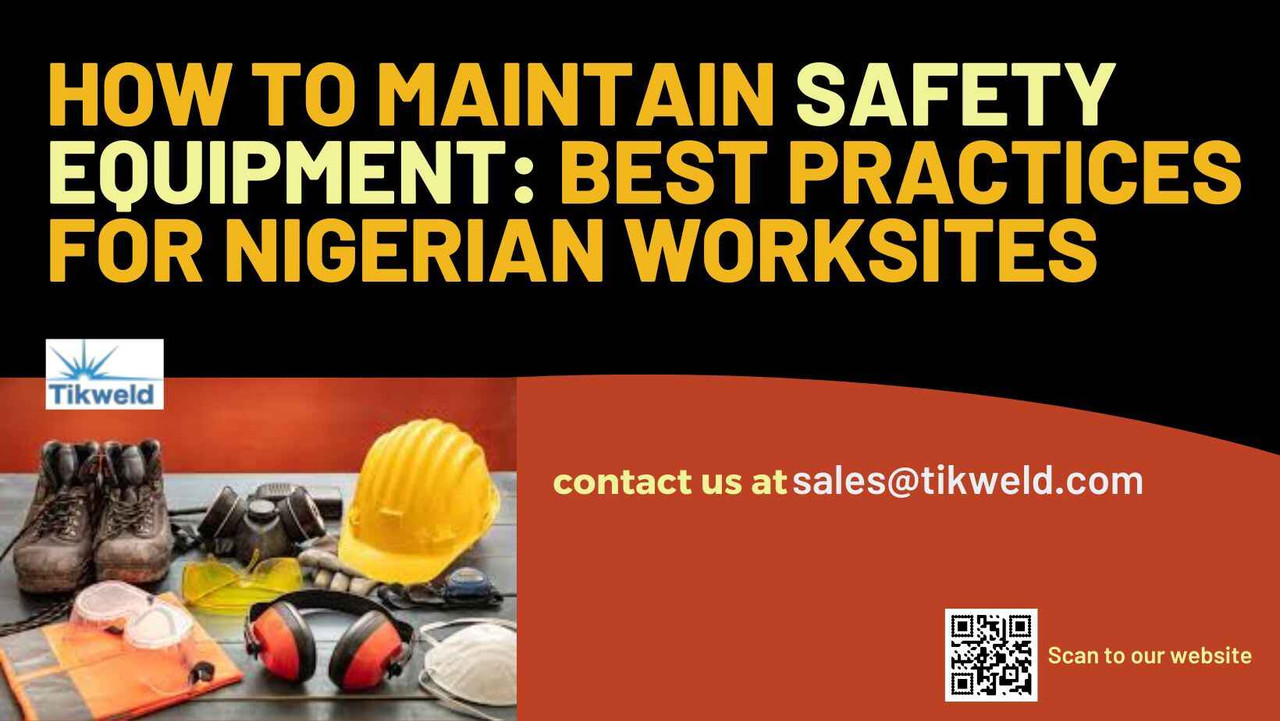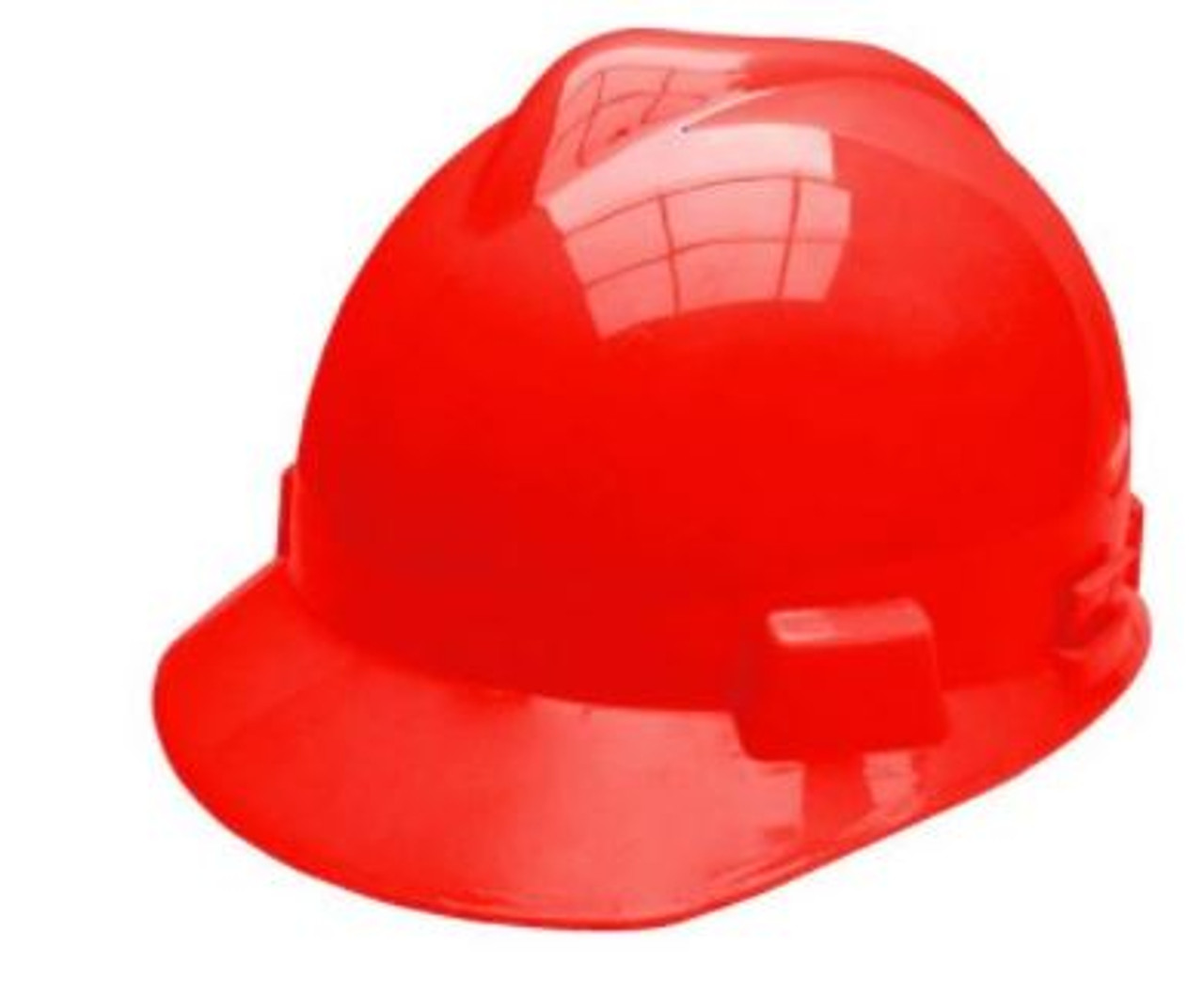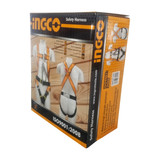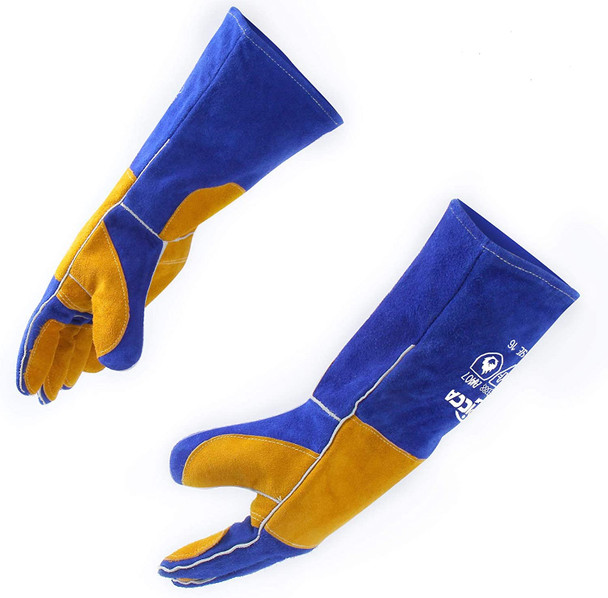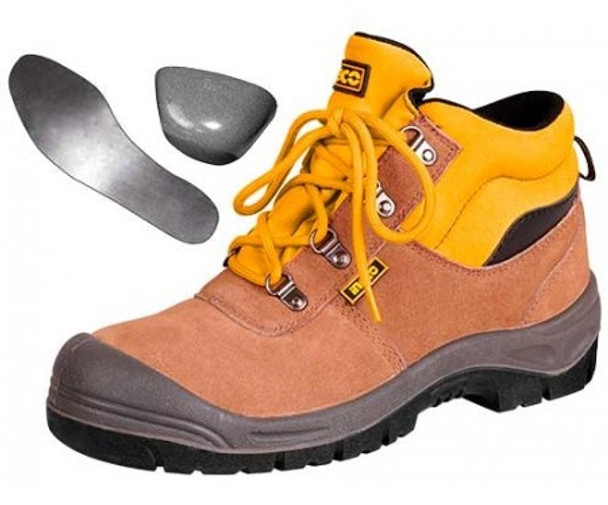How to Maintain Safety Equipment: Best Practices for Nigerian Worksites
Key Takeaway
- Routine Maintenance Ensures Reliability: Regular inspections and servicing help safety equipment perform optimally, enhancing protection during emergencies.
- Worker Training is Essential: Educating workers on inspecting and maintaining equipment empowers them to identify wear and damage early, reducing risk.
- Documentation for Compliance: Maintaining detailed records of inspections and repairs is crucial for regulatory compliance and liability management.
- Tailored Maintenance Schedules: Establish specific maintenance schedules for different equipment types, with frequent checks for high-use items and periodic servicing for others.
Introduction
In Nigerian worksites, safety equipment is a critical factor in protecting workers from potential hazards and ensuring compliance with safety regulations. From construction sites to industrial facilities, the well-being of employees depends heavily on the reliability of personal protective equipment (PPE), fire safety devices, fall protection gear, and other essential tools. Regular maintenance of safety equipment is not just a regulatory requirement but also a proactive measure to prevent workplace accidents, ensure equipment efficiency, and save costs in the long run.
Regular inspections, proper cleaning, and timely repairs extend equipment lifespan, keeping protective gear and devices effective and reliable.Training workers on inspection techniques empowers them to identify issues early, ensuring equipment is in optimal condition.
Additionally, keeping detailed records of all maintenance activities helps meet Nigerian safety standards and reduces liability risks during inspections or audits. Prioritizing a structured maintenance routine and addressing challenges—such as sourcing replacement parts or working with limited budgets—ensures a safer, more efficient worksite that is well-prepared for potential emergencies.
INGCO Safety Helmet HSH10
Types of Safety Equipment Commonly Used in Nigerian Worksites
Effective maintenance begins with understanding the types of safety equipment most commonly used in Nigerian work environments and the role each plays. Here are some critical types:
1. Personal Protective Equipment (PPE):
Includes helmets, safety boots, gloves, respirators, ear protection, and high-visibility clothing. PPE provides essential physical and respiratory protection, particularly in high-risk work zones.
2. Fire Safety Equipment:
Fire extinguishers, smoke alarms, fire alarms, and sprinkler systems are vital for fire prevention and management on any worksite.
3. Fall Protection Systems:
Harnesses, lifelines, anchor points, and guardrails are essential for worksites with elevated areas. These systems prevent serious injuries due to falls, particularly in construction and high-rise projects.
4. Electrical Safety Gear:
Insulated gloves, grounding devices, and face shields protect workers who handle electrical installations and repairs, reducing the risk of shocks and electrocution.
5. First Aid Kits and Emergency Supplies:
Every worksite should be equipped with well-stocked first aid kits, including basic medical supplies for emergency response in case of injuries or accidents.
Why Regular Maintenance is Essential for Safety Equipment
Regular maintenance of safety equipment is crucial for several reasons:
1. Reliability in Emergencies:
Safety equipment that is regularly checked and maintained is more likely to function correctly in an emergency. For instance, fire extinguishers that aren’t routinely inspected may not discharge properly when needed, posing serious risks to workers.
2. Compliance with Nigerian Safety Regulations:
Nigerian worksite regulations require that all safety equipment meets specific safety standards. Regular maintenance helps ensure that equipment is compliant, reducing liability risks and avoiding penalties during inspections.
3. Extended Equipment Lifespan and Cost Efficiency:
Maintaining equipment extends its lifespan, preventing premature replacement and reducing operational costs. Regularly serviced equipment, such as helmets or fire alarms, remains functional longer, saving money on replacements.
Ingco Safety Harness Full Body Protection Kit
Key Maintenance Practices for Different Types of Safety Equipment
Each type of safety equipment has its own maintenance needs. Here are the best practices for maintaining commonly used safety equipment on Nigerian worksites:
1. Routine Inspections:
Conduct regular inspections of safety equipment to detect signs of wear, damage, or malfunction. Create an inspection checklist for each type of equipment. For instance, fire extinguishers should be checked for pressure and functionality, while PPE should be examined for cracks, frays, or wear.
2. Cleaning and Sanitization:
PPE, such as respirators, gloves, and helmets, should be cleaned frequently to prevent contamination and prolong their usability. Respirators, for example, require careful disinfection and filter changes to ensure optimal performance.
3. Replacement and Repairs:
Set clear guidelines for when equipment should be repaired or replaced. For instance, if a helmet has visible cracks or dents, it should be replaced, while gloves with minor wear may be repaired. Delaying replacement on damaged equipment can compromise worker safety.
4. Calibration and Testing:
Certain safety devices, such as gas detectors, fire alarms, and electrical grounding devices, require regular calibration and functional testing to confirm their accuracy and responsiveness. This is essential for keeping workers safe from potentially harmful exposures.
Establishing a Maintenance Schedule
Creating a maintenance schedule ensures that safety equipment is checked, cleaned, and repaired regularly. Here are some guidelines for implementing a consistent maintenance routine:
1. Weekly Checks:
Conduct weekly visual inspections of high-use equipment, such as PPE, to catch any visible damage early on.
2. Monthly Servicing:
For equipment like fire extinguishers, fall protection systems, and electrical safety gear, monthly maintenance is ideal. This may include functional tests and deeper inspections.
3. Quarterly and Annual Inspections:
Certain equipment, especially those less frequently used (e.g., sprinkler systems and gas detectors), benefit from quarterly or annual inspections to maintain full functionality.
Hellog welding Heat/Fire Resistant Gloves
Training Workers on Equipment Maintenance and Inspection
An effective maintenance program for safety equipment also requires worker involvement. Training employees on how to inspect and maintain safety gear enhances safety practices and helps identify equipment issues early. Here’s how training benefits your worksite:
1. Promoting Safety Awareness:
Educating workers on the proper care of PPE, fall protection gear, and fire safety equipment fosters a sense of responsibility for their own safety and their colleagues'.
2. Recognizing Wear and Damage:
When workers are trained to spot signs of wear and tear on safety equipment, such as frayed harnesses or cracked helmet shells, they can report these issues for prompt repair or replacement.
3. Encouraging Personal Responsibility:
Workers should understand the importance of maintaining their assigned safety gear and promptly reporting any defects or issues. This personal responsibility reduces the risk of using defective equipment.
4. Ongoing Refresher Courses:
Offering regular refresher training helps workers stay up-to-date on best practices, particularly if new safety equipment is introduced or maintenance protocols change.
Documentation and Compliance
Maintaining detailed records of equipment inspections, repairs, and replacements is not only a best practice but also a legal requirement for compliance with Nigerian safety regulations. Here’s why documentation is essential:
1. Tracking Maintenance History:
Documentation allows worksite managers to track the history of each piece of equipment, ensuring all items are serviced according to schedule. This is particularly useful for frequently used equipment like helmets and fire extinguishers.
2. Ensuring Regulatory Compliance:
Safety agencies in Nigeria, such as the Nigeria Social Insurance Trust Fund (NSITF), require worksites to demonstrate their commitment to worker safety through regular audits. Detailed maintenance logs make it easy to prove compliance during inspections.
3. Reducing Liability:
In the unfortunate event of a workplace accident, documented evidence of regular maintenance can help minimize liability by showing that the worksite took reasonable steps to ensure worker safety.
Safety Boot SSH02S1P INGCO
Common Challenges in Safety Equipment Maintenance and Solutions
Nigerian worksites face unique challenges when maintaining safety equipment, especially in remote or industrial areas. Here are some common issues and solutions:
1. Limited Access to Replacement Parts:
In remote areas, sourcing replacement parts for equipment such as harnesses or fire alarms can be difficult. Solution: Partnering with reliable suppliers who offer quick delivery options, such as Tikweld Welding Supplies, can help mitigate this issue.
2. Budget Constraints:
Maintenance budgets can be tight, particularly for small businesses or new sites. Solution: Prioritize maintenance for high-use and high-risk equipment first and explore options for bulk purchases or cost-effective suppliers.
3. Worker Training and Compliance:
Ensuring that all workers adhere to maintenance protocols can be challenging in large or spread-out worksites. Solution: Implement regular training and have supervisors conduct spot checks to ensure compliance.
4. Lack of Maintenance Knowledge:
In some cases, there may be limited expertise in handling specialized equipment. Solution: Partner with professionals or technicians who can assist with complex maintenance tasks, like calibrating gas detectors or testing electrical safety gear.
Frequently Asked Questions
1. How often should safety equipment be inspected on a worksite?
Routine checks should be performed weekly or monthly for high-use equipment, with in-depth inspections quarterly or annually, depending on usage and risk factors.
2. What are the best practices for storing safety equipment?
Safety equipment should be stored in clean, dry areas away from direct sunlight and chemicals to avoid wear. Each type of equipment has specific storage needs; for instance, respirators should be kept in airtight containers.
3. When should PPE be replaced instead of repaired?
PPE should be replaced if it shows visible signs of wear (like cracks in helmets, holes in gloves) or if it no longer meets safety standards, rather than attempting repairs.
4. Are there specific Nigerian regulations on equipment maintenance?
Yes, Nigerian worksites must adhere to safety regulations set by bodies like NSITF, which requires regular maintenance logs and equipment inspections to ensure compliance.
5. What should I do if safety equipment is not functioning correctly?
If safety equipment is not functioning correctly, it should be reported immediately, removed from service, and repaired or replaced as needed to maintain worksite safety.
INGCO Safety Goggle HSG02
Related Articles
Buy Your Fall Protection Equipment
Essential Safety Equipment for Construction Workers in Nigeria
Readers Also Watched...
Conclusion
Regular maintenance of safety equipment is essential for keeping Nigerian worksites safe, compliant, and efficient. By implementing routine inspections, training workers, and following proper maintenance schedules, you ensure that your equipment is always ready to perform its protective role. Overcoming maintenance challenges and prioritizing equipment care are crucial steps toward a safer and more productive work environment. With these best practices, Nigerian worksites can foster a culture of safety and reliability, reducing risks and enhancing productivity.
For reliable safety equipment and maintenance supplies, visit Tikweld Welding Supplies. Ensure your worksite stays safe and compliant with high-quality products and solutions tailored to meet your needs.

